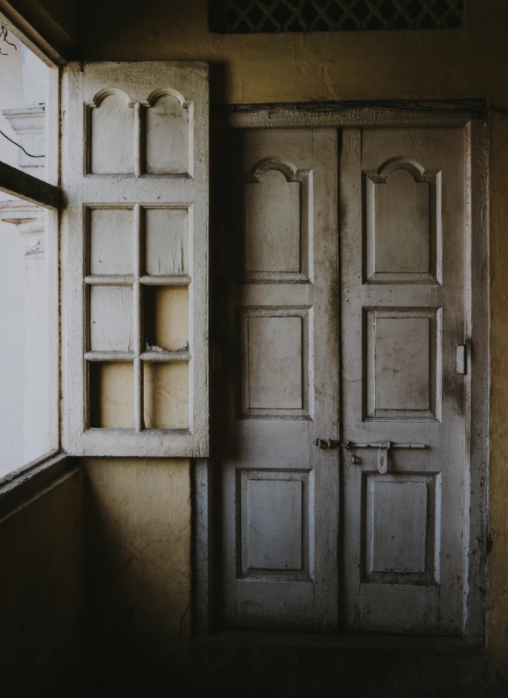When renovating, refurbishing or giving your home a 'makeover', one thing that can really enhance a place is the choice of doors. You'd be forgiven for assuming that this should be a reasonably simple task. But anyone who has tackled this in the past will know that it isn't as straightforward as you might have thought. There are codes and guidelines as to standard UK door sizes, but the reality can be quite different. In the UK we have a vast range of housing from different ages, all constructed by different people at different times. While most modern builds tend to use standard sizes, this isn't always the case. Confusion also arises when some manufacturers and suppliers use metric measurements while others opt for imperial ones.
So it pays to be prepared and to be armed with the knowledge to guide you through the process of measuring and selecting the right one.

Most people won't even be aware that this exists! However, this code actually stipulates that all primary doors (ie, your main front entrance) should be at least 80 inches in height and 36 inches wide. The opening of the average UK front door happens to be 82.5 inches by 38 inches, and the majority of modern doors in the UK are designed to fit this.
To make things more interesting, however, not all doors will be standard sizes - particularly when the house is a 'period property'. where average sizes tended to be much smaller or extremely large (for example, in an Edwardian house). In these cases, it may be necessary to have a new door custom-made.
Before looking at standard UK door sizes, you also need to think about what kind of door you are talking about:
Each of these will have a different range of measurements and other factors to consider.
The following guide shows the most common standard sizes for interior doors in England & Wales. These are different in Scotland (and the rest of Europe).
In Scotland, the main difference is an increased height and thickness. Measurements are usually given in metric and the standard dimensions are as follows:
Most external doors in the UK are 44mm thick, though it will depend on the type of door required. Fire doors will be thicker, between 44mm and 54mm, and French doors, patio doors or bifold doors could be as much as 70mm thick.
The most commonly used standard sizes for exterior doors are:
This is extremely important and could save you a lot of time, money and frustration. Although standard UK door sizes are widely available, there is a good chance that your doors (and, more importantly, their frames) are not standard. In this case, it is advisable to go slightly larger and trim them down - but this will obviously only work with solid wood doors.
Bear in mind, also, that fire doors cannot be trimmed. Non-standard sized interior fire doors might have to be made to order. Fire doors will also be slightly thicker (usually 45mm) to allow for the extra fire-resistant materials that qualify its 'fire rating'.
To measure your door correctly, follow these steps:
Run a measuring tape in a straight line across the door from left to right, close to the upper corners. Measure from edge to edge, on the door only - do not include any part of the frame or any other features such as weatherstripping, seals, or insulation. Write down the number (you're bound to forget it or remember it wrongly!) and repeat the process, ideally at the middle and lower section. This is because doors are sometimes not precisely rectangular (more likely in the case of older doors) and you may find a slight discrepancy in places. If this is the case, when purchasing your door you should go with the larger measurement.
Run the measuring tape in a straight line from the top of the door to the bottom, from edge to edge, ignoring all other features such as seals or 'sweeps' (as above). Do this in both corners, for the same reasons as given in the instructions for measuring the width.
Measure the edge of the door and write it down with your other measurements. It wouldn't hurt to measure the door jamb too (the corresponding edge on the door frame) as the two figures should ideally match.
For more exact dimensions, measure the inner part of the frame, taking three measurements across the width and one from top to bottom, taken at the centre of the frame from the inside right down to the floor.
A measuring tape will do the job, but for those who prefer something more high-tech, a range of laser distance measuring devices are available, as well as apps that can be downloaded to your smartphone.
Investing in good quality doors, both internal and external, not only adds style to your home, but it also increases the appeal - and therefore the potential value. Getting the right size is vital if they are going to look good and function properly.
61a, Walton St, Walton On The Hill, Tadworth,
Surrey, KT20 7RZ
info@amorybrown.co.uk